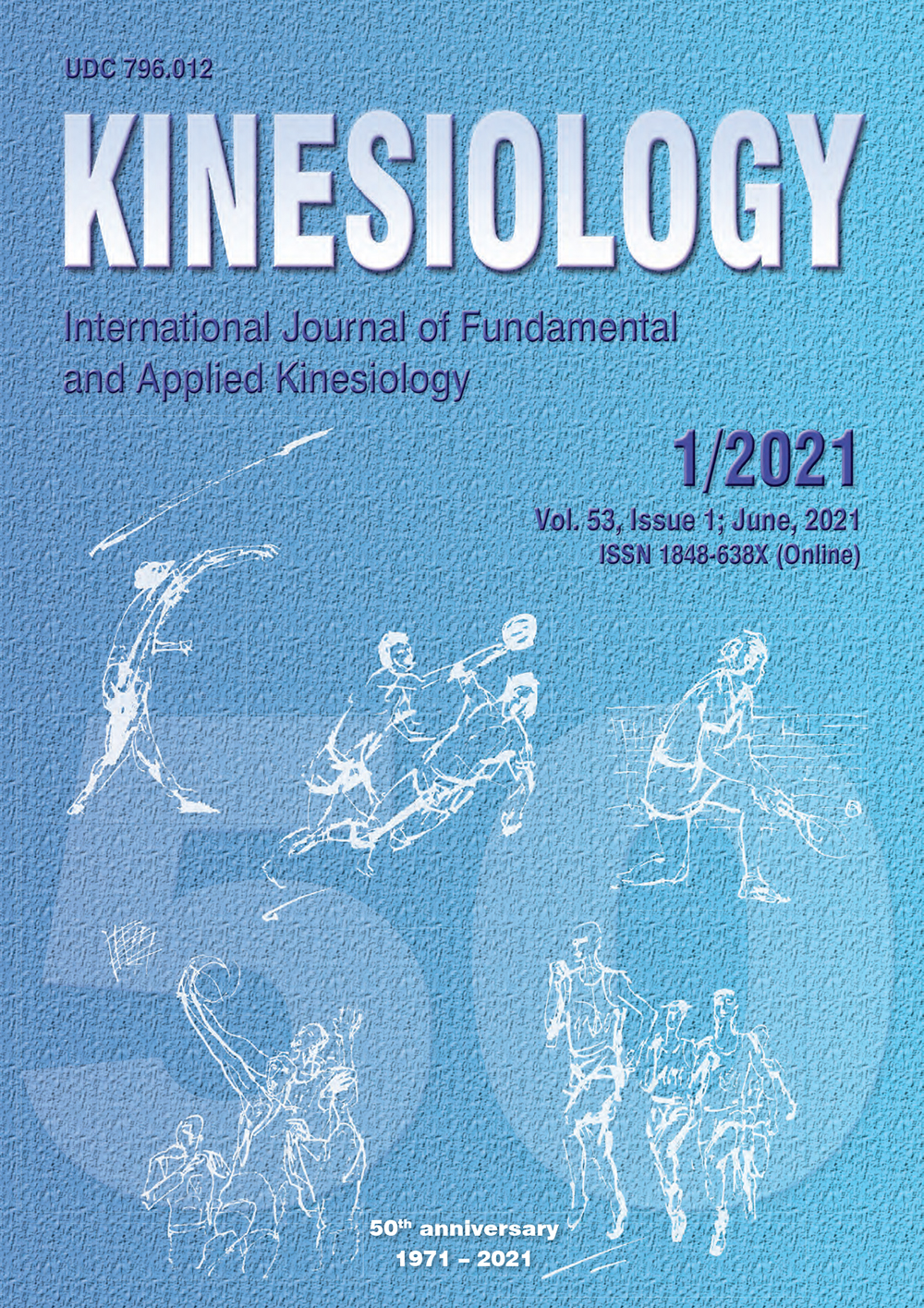The relationship between actual and self-perceived physical fitness in adolescence
Abstract
The purpose of this study was to assess the relationship between physical self-concept and actual indicators of physical fitness in early and mid-adolescence. Physical self-concept plays a significant role in adolescence, as this phase of life is characterised by many physical, mental, and emotional changes. A total of 427 Slovenian boys and girls from two age groups (early and middle adolescence) were studied. Physical self-concept was assessed with the Slovenian version of Physical Self-Description Questionnaire, while the Sports-educational Chart was used to measure physical fitness. The results showed that the older group scored better on all measures of physical fitness, except for general endurance. In terms of age-related differences in physical self-concept, older adolescents showed poorer physical perceptions of their strength and flexibility and higher global self-esteem compared to their younger peers. Correlation analysis showed that physical self-concept and actual indicators of physical fitness were related, despite incomplete overlap between psychological dimensions and objective measures. The obtained results can be transferred to physical education, as the development of a positive physical self-concept is one of the most important educational goals.
Key words: physical self-concept, actual physical fitness, adolescence, self-perceptions
Downloads
Published
How to Cite
Issue
Section
License

This work is licensed under a Creative Commons Attribution-NonCommercial 4.0 International License.
At Faculty of Kinesiology we recognize that access to quality research is vital to the scientific community and beyond. Kinesiology is non-profit journal and all costs of publishing and peer review process are covered by the publisher itself or other funding sources like Ministry of Science and Education of the Republic of Croatia. Full text papers are also available free of charge at http://hrcak.srce.hr/kineziologija. There are no restrictions on self archiving of any form of paper (preprint, postprint and publisher's version).
Articles are distributed under the terms of the CC BY - NC 4.0
Kinesiology does not charge any fees to authors to submit or publish articles in our journal.


